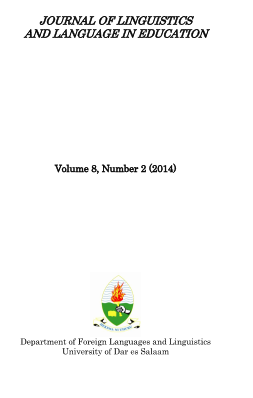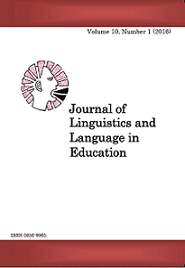Epenthetic Vowels in Swahili Loanwords
Abstract
When loans are adapted into Swahili, a series of vowels are inserted, resulting in forms that differ from those in the source languages (etymons). This paper 1) identifies the nature of these inserted vowels, and 2) develops an explanation of the system behind the various phonetic realizations of these vowels. The vowels examined here are (as the title suggests) epenthetic rather than excrescent. Typically, when Swahili loanwords are adapted via epenthesis, features cannot cross from one side of the stressed syllable (which in Swahili is the penult). Therefore, word-final epenthetic vowels must appropriate features from adjacent consonants. Consonant spreading coronal features will result in a coronal epenthetic vowel [i], consonants spreading labial features will result in a labial epenthetic vowel [u], and consonant spreading pharyngeal features will result in a pharyngeal vowel [a]. Dorsal consonants do not contribute a feature, and the feature [coronal] is inserted by default. In pre-stress environments, both vocalic and consonantal material is available for Feature- Spreading. Features of vowels spread more freely than features of consonants, so vowel-vowel feature spreading is more prevalent. Several idiosyncratic forms exist in which vocalic material that existed in the etymon seems to have survived in the realization of epenthetic vowels. A handful of suppletive forms exist which seem to break the constraint on crossing from one side of the stressed vowel to the other.
Keywords: epenthesis, vowels, Swahili, loanwords, feature spreading
Downloads
Published
Issue
Section
License
Copyright © by Department of Foreign Languages and Linguistics, University of Dar es Salaam
All rights reserved. No part of this publication may be reproduced or transmitted in any form or by any means, electronic or mechanical, including photocopying, recording, or any information storage or retrieval system, without permission in writing from the publisher, except for short extracts in fair dealing, for research or private study, critical scholarly review or discourse with an acknowledgement.



